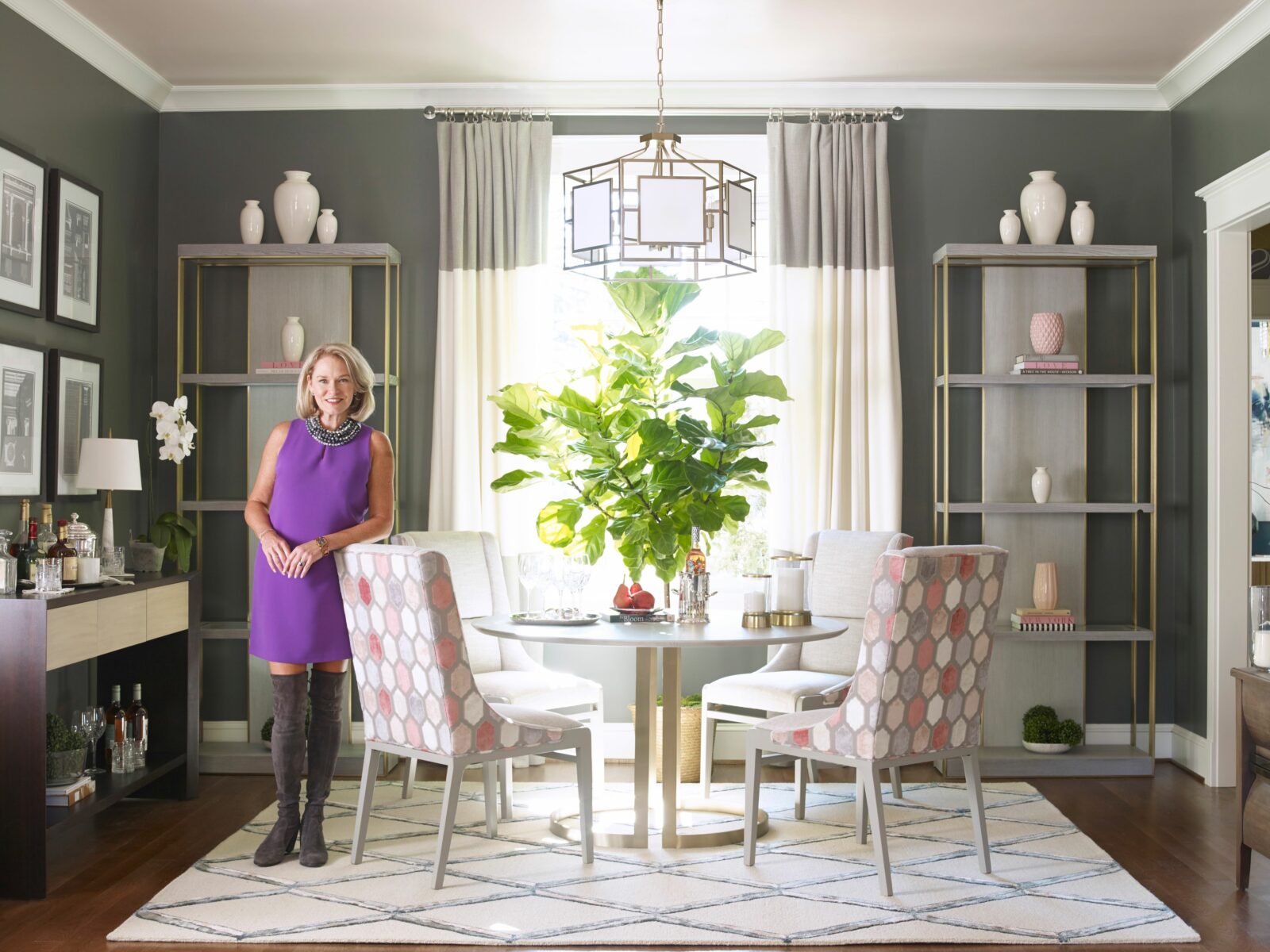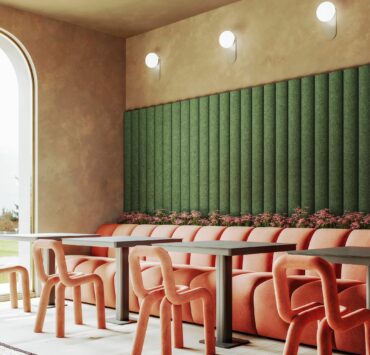“In my mind, you live in the Fairfield showroom,” I joked when Libby Langdon and I first started talking. She is always there promoting her furniture line. Even at home, she is still surrounded by her collections for Fairfield, Kas, Crystorama, A&B and Paragon. Our interview turned into an impromptu tour of her Sag Harbor home. She waltzed from room to room, exhibiting her expertly styled space full of the product she designed. The aesthetic speaks for itself, but what better sales tool than a designer who can attest to the durability of the chair because they sit on it themselves every day? That is just one of the many reasons Libby Langdon is every manufacturer’s dream design partner. Click play on the video below to watch our interview and take a peek inside her home:
Libby Langdon knows what makes her design partners money
Oftentimes designers approach the process as more collaborative than it actually is, but Langdon knows even that first meeting isn’t a brainstorming session. She comes prepared with plenty of sketches when she meets with a manufacturing partner. She knows the logistics of designing a furniture line and is realistic about what sells. Manufacturers want something they haven’t seen before, but there is a fine line between sellability and too creative. She knows she’s not going to sell many hot pink velvet sofas, so she is not going to be pitching them to her partners – Those are best reserved for custom one-offs.
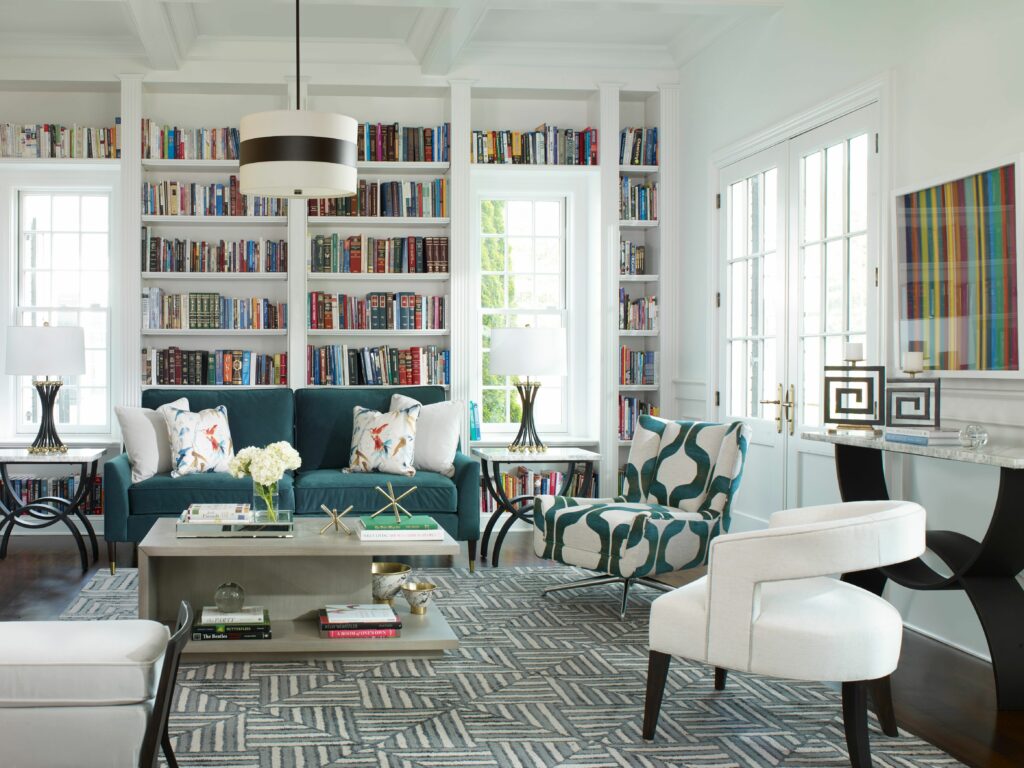
In designing a furniture or lighting collection, one must also be cognizant of certain details they wouldn’t be when designing for clients. That includes thinking about the boxes products are shipped in and how many fit on a container. Langdon gave the example of designing lighting with 40 inch globes – that could be a glorious, statement-making piece, but if only a few will fit on a shipping container, they probably aren’t going to sell many of them. Something like the one pictured below is likely to be a much better seller.
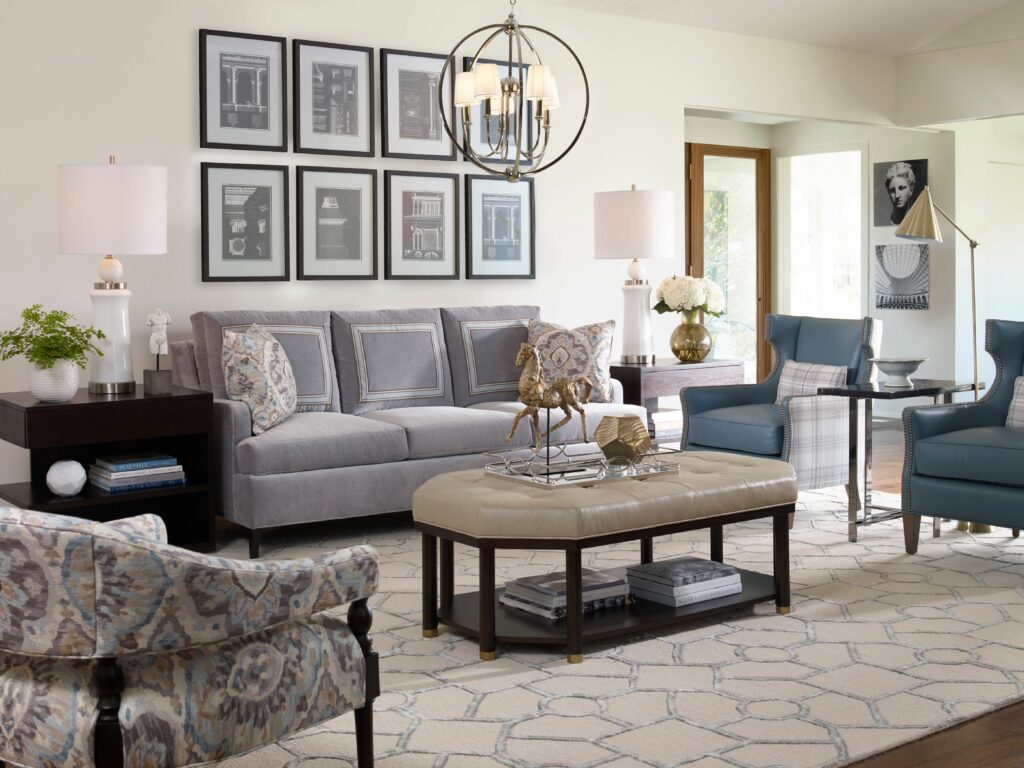
Deciding what is relevant in product design
In addition to her many collections with Fairfield, KAS, Crystorama, A&B and Paragon, she also runs a robust design firm and uses her clients as R+D. The process of designing for and with her design clients informs the products she designs. She does not tell clients ahead of time she is presenting a product from her own collections. Instead, products from her collections are peppered in with options from other manufacturers. It is always a celebration when a client chooses one of her pieces. One light from her Crystorama collection, in particular, The Sylvan chandelier, has been selected blindly by clients on numerous occasions, as well as The Harry Sofa for Fairfield, and her “Splish Splash” modern wall art from her Paragon collection. Knowing the greatest hits helps Langdon make informed decisions about what to change, add, or remove in her sketches for the next collections.
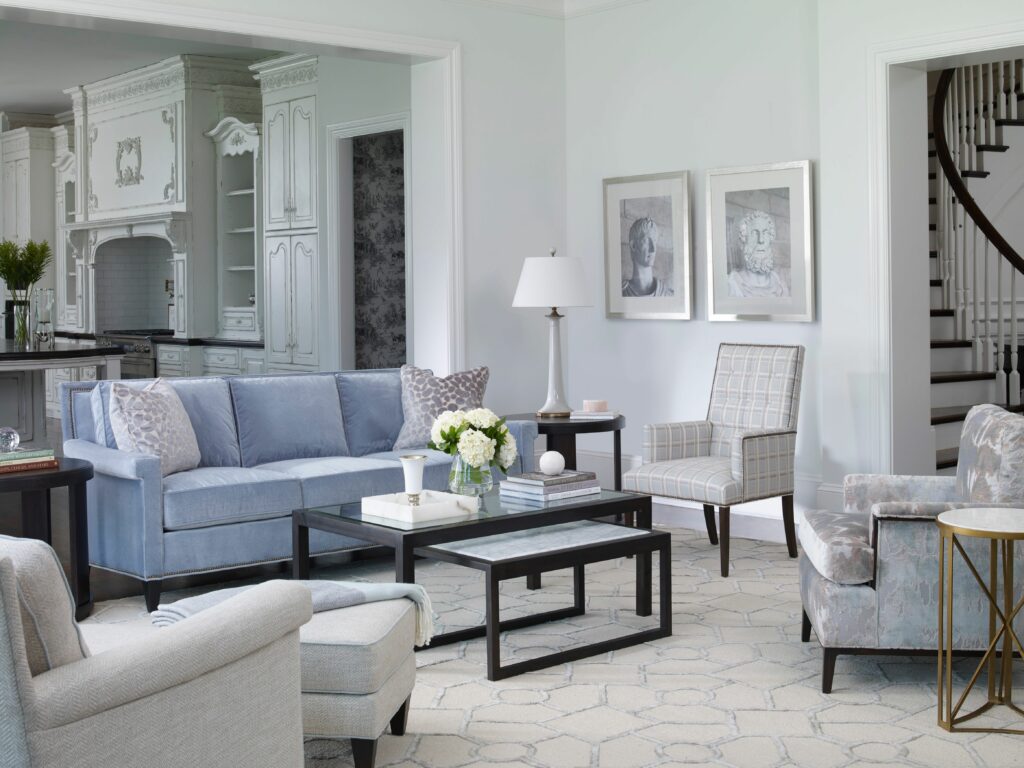

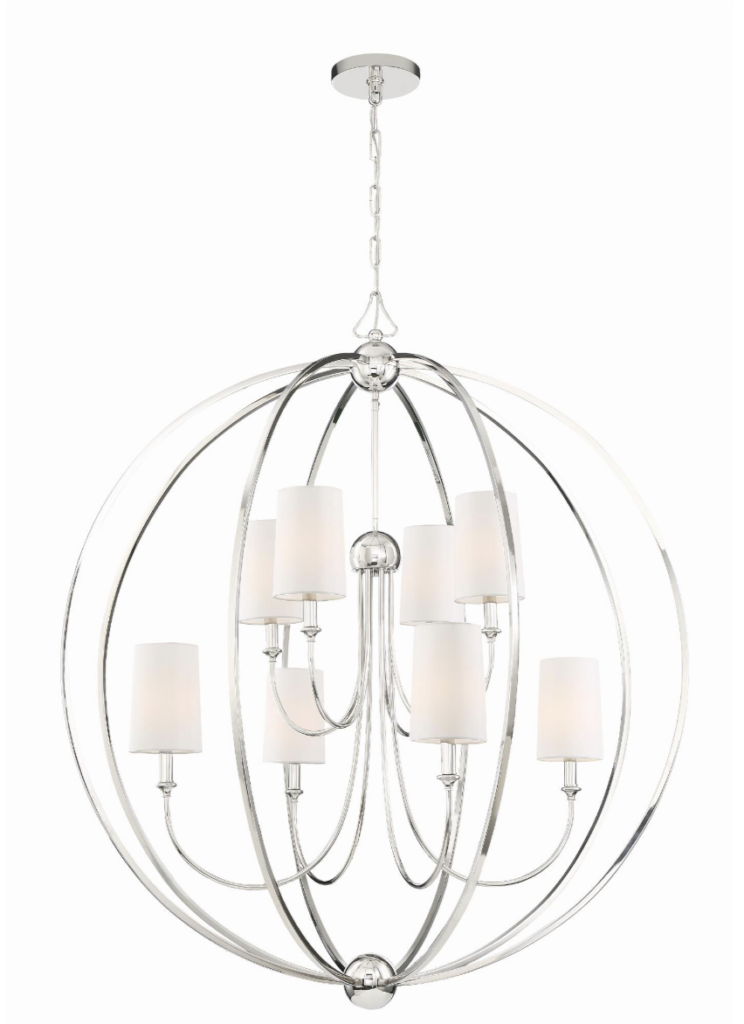
Libby Langdon on finding the perfect manufacturing partner for her furniture line
Libby Langdon knows when to bow out or when something is not going to be the right fit. One red flag is price point. She recounted the story of designing a cool, funky magazine rack with too high a sticker price. She really liked this design. But, once manufactured, it retailed for $800. As cool as the product was, that was simply an unreasonable price point for her design clientele. As a designer who spends other people’s money, she’d never advise allocating their budget in that way. She knew that was not going to be a product she could stand behind. Onto the next…
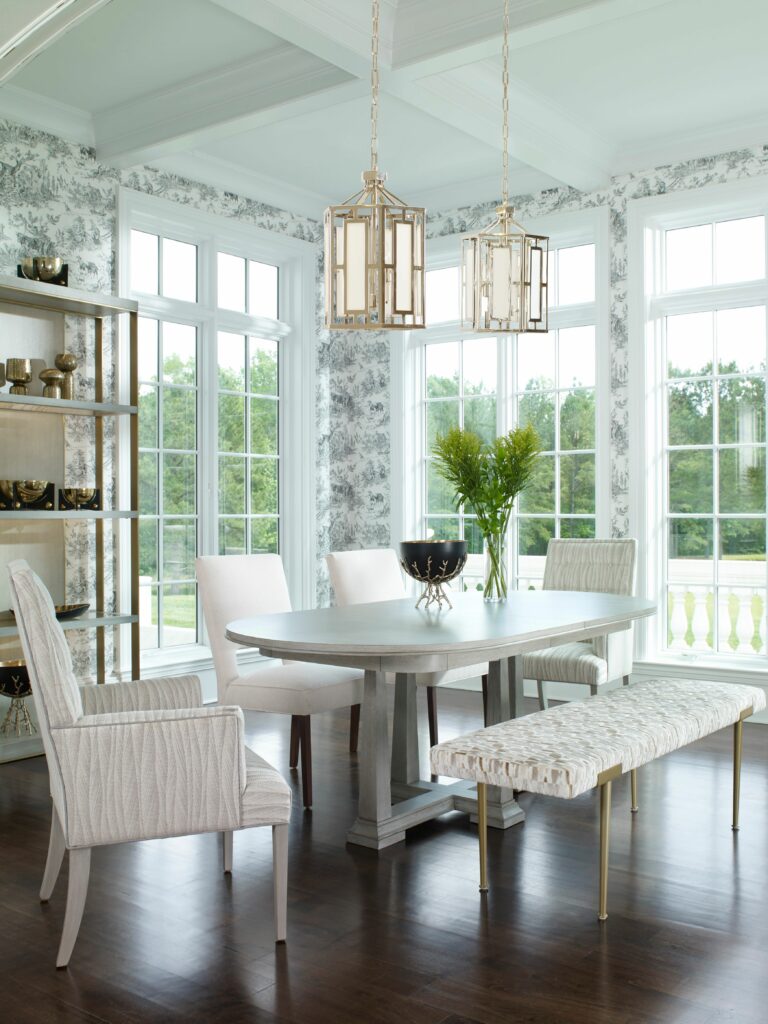
The perfect partner is going to be someone who is meeting you at the same intersection: you’re bringing something to the table they haven’t done before, and they have expressed interest in doing something new. She advises against approaching a manufacturer who is already 100% in alignment with your style because you will not have as much to offer. When she first partnered with Fairfield, they were known for traditional pieces and looking to take things in a modern direction and Libby was there to lead that charge.

What’s changed in the design and furniture industry in 20 years? Furniture is friendlier
When Libby Langdon first started in design, there was steep competition for jobs, especially in New York. There was not a ton of reason to interact with other interior designers. In the past 20 years that has changed. Thanks, in part, to social media, the industry has embraced the design community. There is plenty of work to go around. In addition to designers being kinder to one another, the furniture industry, too, has become interior-designer-friendly. She recounts the days of showrooms turning away designers or simply not catering to them. Those days are long gone. As she speaks about the industry’s shifting attitudes, I wondered if that was also designers and manufacturers reflecting her own kindness back to her. Langdon’s sense of community and professionalism, together, cannot be overstated. Her enthusiasm for what she does is infectious and it is why manufacturers want to work with her. I’m buying whatever Libby Langdon is selling.

